13 Almost Forgotten National Pastimes from the Mid-20th Century

Remember when family entertainment didn’t revolve around screens? From the 1940s through the 1960s, Americans embraced simpler pleasures that brought communities together.
These forgotten pastimes shaped an entire generation’s memories, creating shared experiences that defined mid-century American culture.
Journey back to a time when entertainment required more imagination and less electricity.
1. Drive-In Movie Magic
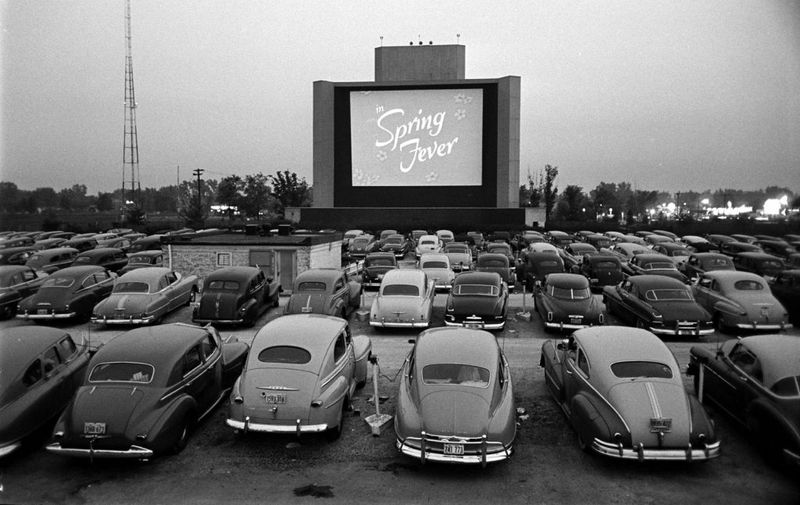
Saturday nights meant piling into station wagons with pillows and homemade popcorn for an evening under the stars. The crackling sound boxes hooked to car windows delivered tinny audio while families watched films on massive outdoor screens.
Kids often fell asleep during the second feature, only to be carried home in pajamas. My father always parked strategically—far enough from the snack bar to avoid traffic, but close enough for a quick intermission hot dog run.
2. Soda Fountain Socializing
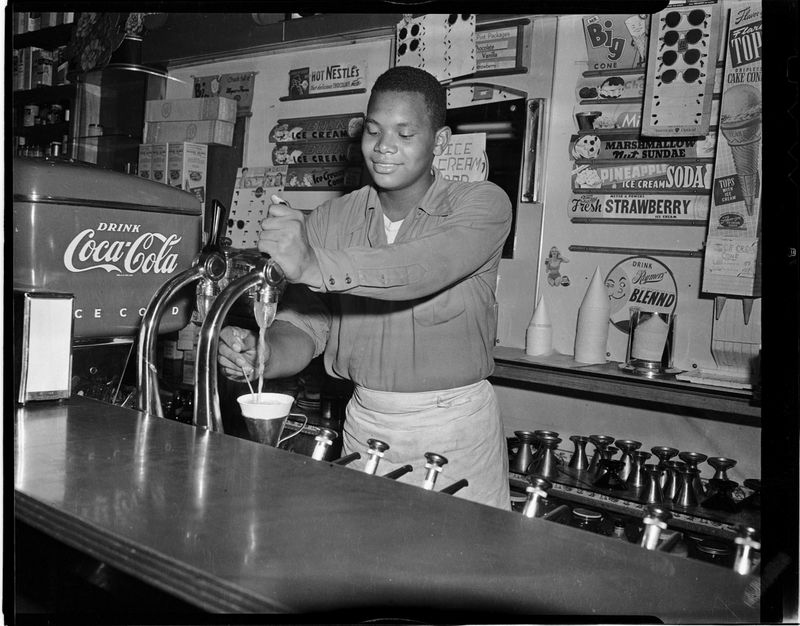
Teens flocked to drugstore soda fountains after school, perching on spinning stools while soda jerks in paper hats crafted frothy malts and fizzy egg creams. These marble-countered havens served as the social media of their day—places to see and be seen.
Sharing a single malt with two straws signaled budding romance, while booths buzzed with gossip and homework help. The jukebox soundtrack completed this quintessential American scene.
3. Roller Skating Rinks
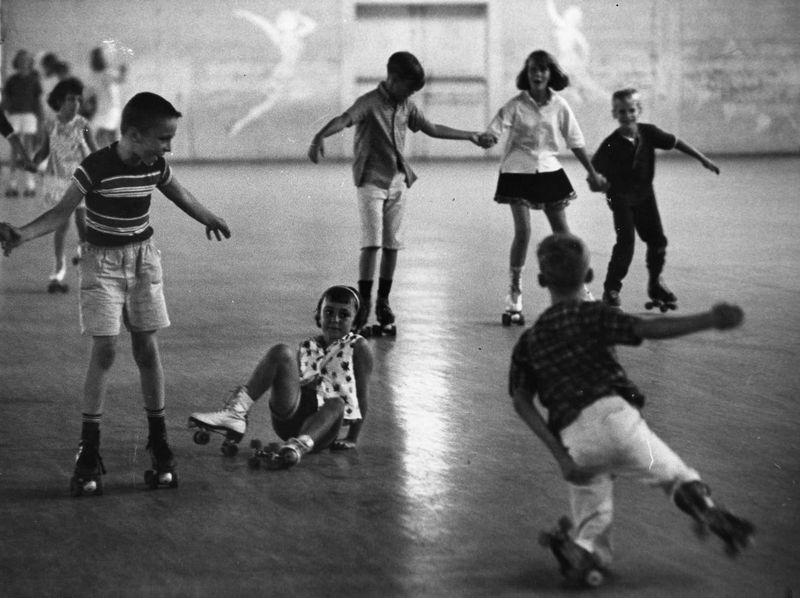
The polished wooden floors of roller rinks hummed with the sound of steel wheels and organ music. Couples glided hand-in-hand during “ladies’ choice” while disco balls scattered light across eager faces.
Learning to skate backward was the ultimate status symbol. I still remember my first successful backward circle at Starlight Rink when I was twelve—felt like I’d won an Olympic medal!
4. Hula Hoop Craze
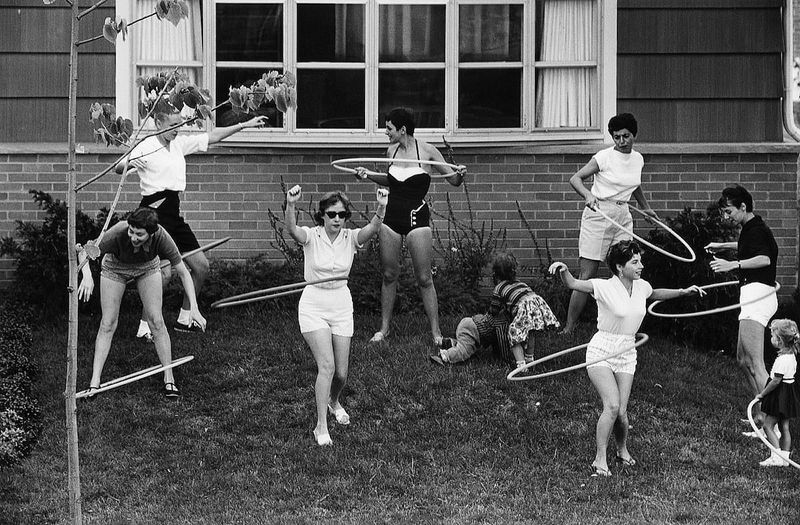
When Wham-O released the plastic hula hoop in 1958, it sparked a nationwide obsession. Sidewalks filled with children and adults alike, hips swiveling to keep the colorful rings spinning. Neighborhood competitions determined who could keep hooping longest.
Schools even incorporated hoops into gym class. The plastic tubes sold for $1.98, but Wham-O couldn’t manufacture them fast enough—25 million sold in the first four months, creating the definition of a mid-century fad.
5. Model Train Building
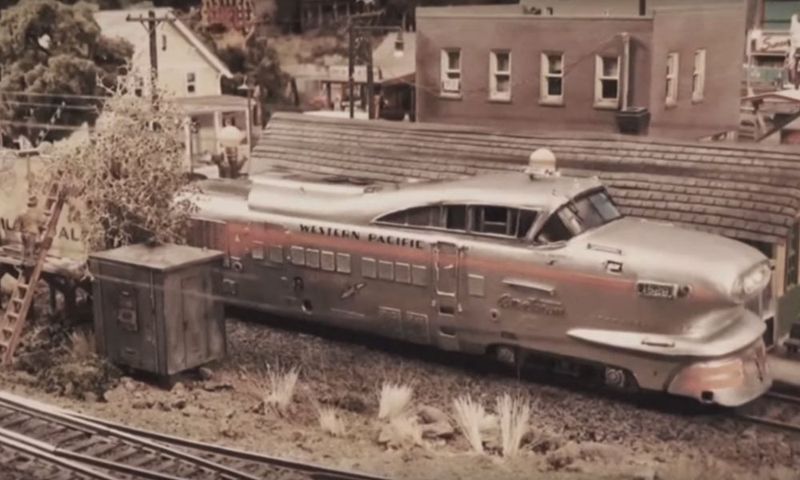
Basements across America transformed into miniature railroad empires. Fathers and sons hunched over intricate layouts, meticulously painting tiny buildings and positioning minuscule people in frozen scenes of small-town life.
The smell of electrical components and the soft hum of tiny engines created a meditative hobby that sometimes consumed entire rooms.
Growing up, my uncle’s basement featured an elaborate HO-scale wonderland that took fifteen years to complete, complete with working crossing signals and hand-painted backdrops.
6. CB Radio Conversations
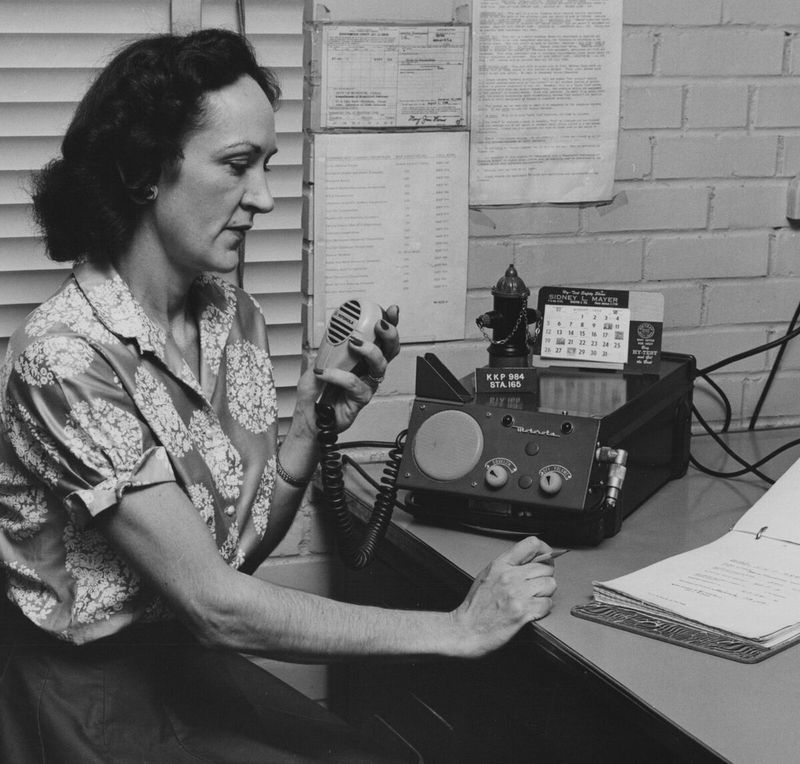
Long before cell phones, citizens band radios connected truckers and hobbyists across America’s highways. Families installed CB units in station wagons for road trips, chatting with strangers using colorful handles and specialized lingo.
“Breaker one-nine” called out across airwaves as users reported speed traps and road conditions. The mysterious voices from distant places created an anonymous community that peaked in the 1970s.
7. Porch Sitting Culture
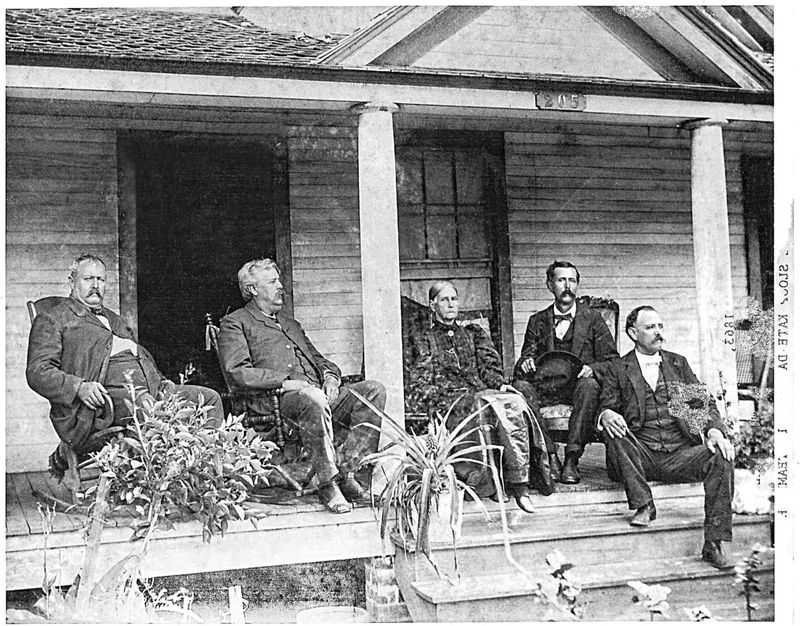
Front porches served as neighborhood social hubs where families gathered after dinner to catch evening breezes and conversation. Porch swings creaked rhythmically while adults discussed community matters and children played tag in front yards until streetlights signaled bedtime.
No appointment necessary—neighbors simply wandered over when they spotted activity. I remember my grandmother’s ritual of making fresh lemonade every summer evening, signaling an open invitation to anyone passing by her wraparound porch in Kentucky.
8. Home Slide Shows
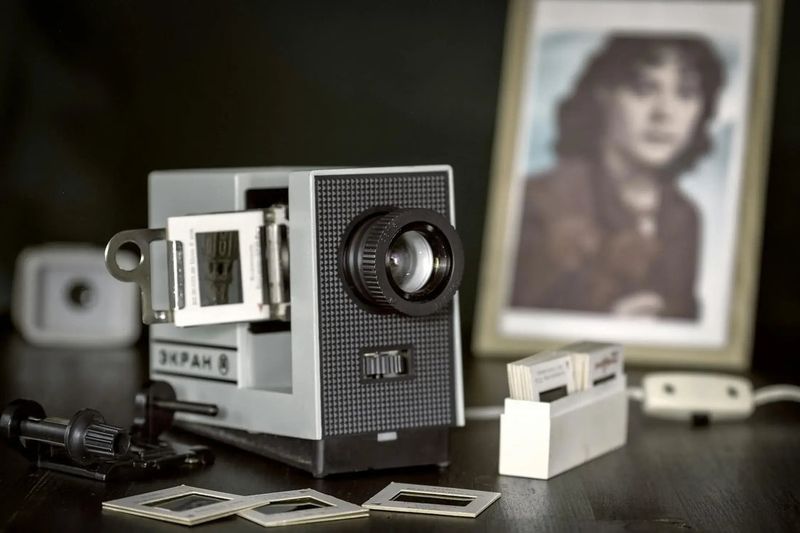
Family gatherings inevitably included the ritualistic darkening of living rooms and setting up of projector screens. Click-clunking carousel projectors displayed vacation memories while relatives offered running commentary on each slightly blurry Kodachrome slide.
Children fought over who got to press the advance button. These communal viewings, often accompanied by bowls of chips and homemade dip, transformed ordinary photos into events.
The warm projector light cutting through cigarette smoke created ethereal beams in darkened living rooms.
9. Jigsaw Puzzle Marathons
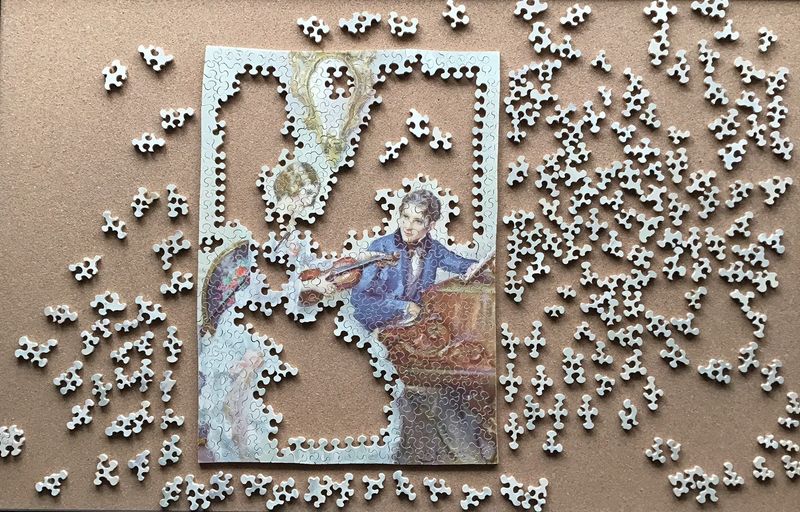
Card tables permanently stationed in living room corners hosted thousand-piece puzzles that became ongoing family projects. Everyone developed specialties—edge pieces, sky sections, or hunting specific colors. The satisfaction of finding that one perfectly-fitting piece kept generations working together.
Winter snowstorms often meant marathon puzzle sessions with hot cocoa nearby. When I was eight, our family completed a monstrous 2,500-piece landscape during a three-day blizzard—a triumph still mentioned at reunions.
10. Collecting Trading Cards

Bicycle spokes clattered with baseball cards while kids traded duplicates on neighborhood sidewalks. The flat pink sticks of bubblegum inside each pack left distinctive scents and sometimes stained cherished cards featuring sports heroes or movie stars.
Complex trading systems evolved with values based on scarcity and player popularity. Shoeboxes under beds safeguarded these treasures.
Most parents never imagined these childhood playthings would someday fund college educations—many Mickey Mantle rookies met their demise in bicycle wheels.
11. Party Line Telephone Drama

Before private lines, telephones connected multiple households on shared “party lines.” Each home had a distinctive ring pattern, but nothing prevented neighbors from quietly lifting receivers to eavesdrop on conversations.
Emergency calls took priority, leading to neighborly disputes about phone hogging. Teenagers developed elaborate codes to communicate secretly despite potential listeners.
My mother recalls her special two-ring-hang-up-then-call-back signal that told her best friend to meet at the soda shop without saying a word.
12. Bridge Club Gatherings
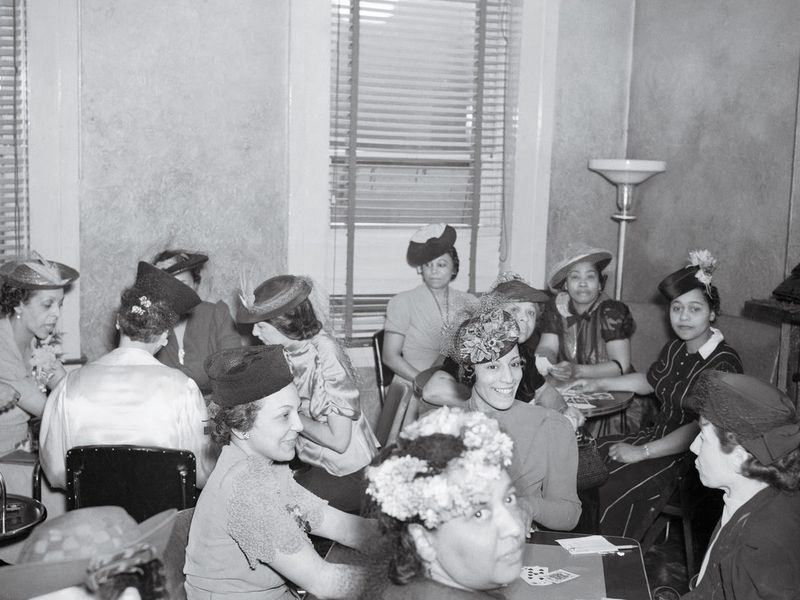
Weekly card games brought neighbors together for strategic play and thinly-veiled gossip exchanges. Living rooms transformed with card tables covered in specialized cloths where serious-faced players bid and trumped their way through evenings.
Hosting rotated among members, with each trying to outdo others with elaborate finger sandwiches and molded gelatin salads.
The gentle click of bakelite bracelets against card tables provided soundtrack to these social institutions where friendships formed and community news circulated.
13. Shortwave Radio Exploration
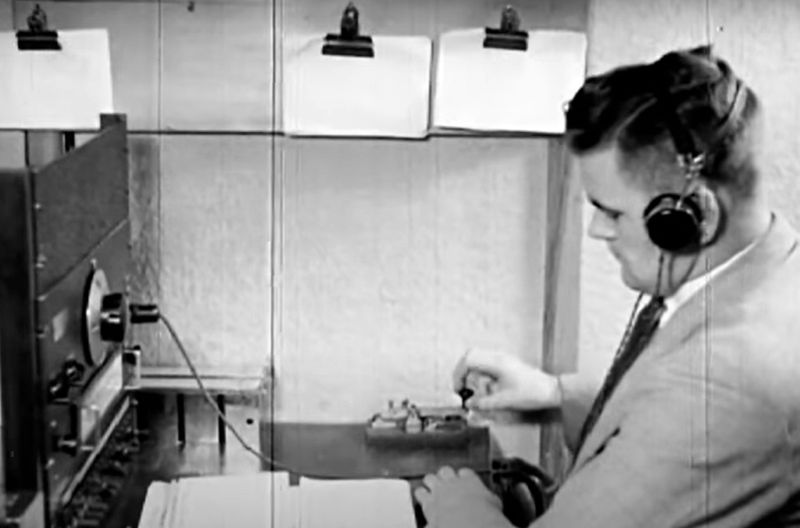
Late-night hobbyists hunched over glowing dials, slowly turning knobs to pull distant broadcasts from atmospheric static. Shortwave enthusiasts logged stations from Moscow to Melbourne, collecting confirmation postcards from far-flung broadcasters.
The thrill of catching Radio Havana or BBC World Service created global connections before internet. My grandfather kept meticulous logbooks of every station he caught, including weather conditions and signal strength.
His attic bristled with antenna wires that my grandmother tolerantly called his “spider webs.”
